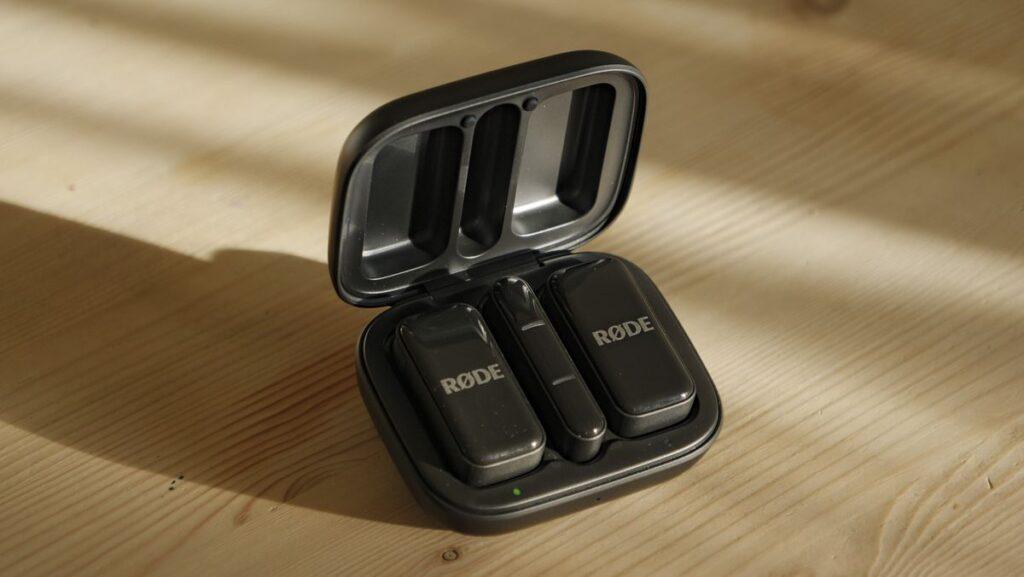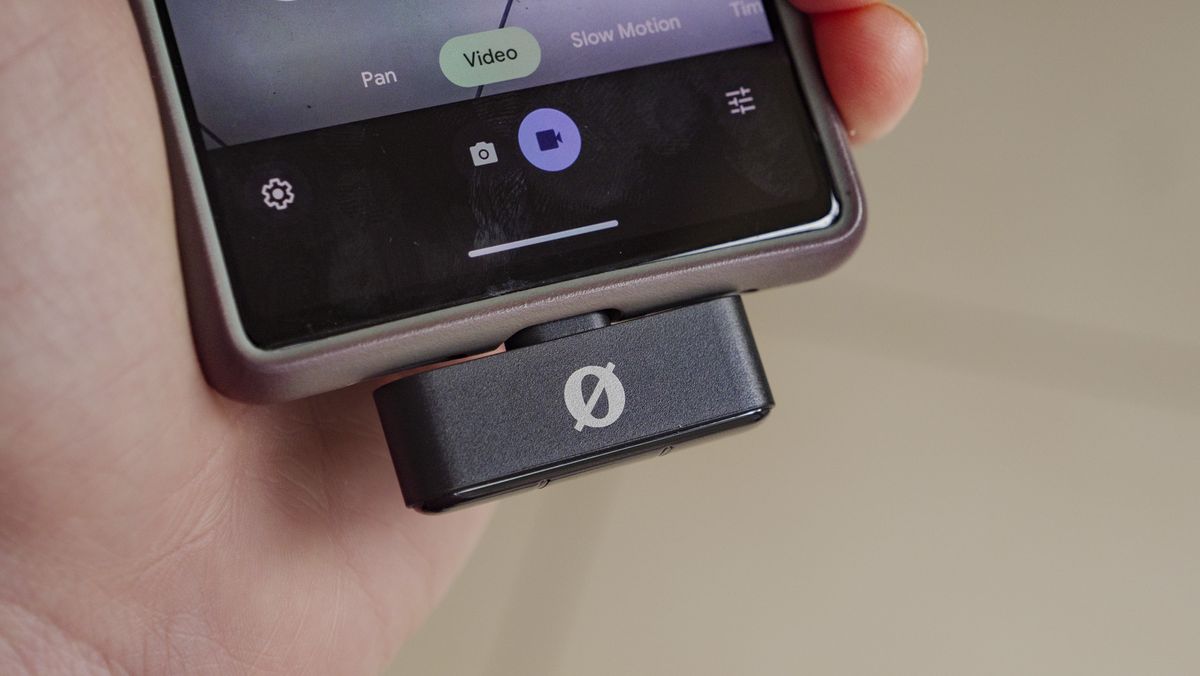I recently reviewed the DJI Mic Mini and the Rode Wireless Micro – both are excellent quality wireless microphones for content creation, designed to be ultra-simple for capturing better audio with smartphones.
I would recommend either one overall, but if I had to pick one for myself, it would be the tiny DJI Mic Mini, hands down. Overall, it’s a more versatile kit for smartphones. and cameras, with reliable connectivity through its receiver or Bluetooth, and the price difference between both kits is negligible.
If you shoot with DJI cameras like the Osmo Pocket 3 or Osmo Action 5 Pro, it’s an even easier choice because those cameras feature built-in receivers for optimized pairing with DJI microphones, including the more expensive DJI Mic 2, our accessory product. for cameras of the year.
Additionally, you can purchase the Mic Mini components individually, meaning you can save a bundle by simply purchasing a microphone for those DJI cameras, rather than the full kit with receiver.
All that said, more and more people shoot video with smartphones alone, and for those people, the simpler Rode Wireless Micro knocks out the DJI with a knockout punch.
The Winning One-Trick Pony
DJI’s Mic Mini works for cameras and smartphones, while the Rode Wireless Micro is only for smartphones. I shoot with both so the choice is clear. But for smartphone makers, I think Rode’s microphone makes more sense.
The best method to connect microphones to your phone is through a receiver. That’s him only method for Rode’s microphone, and the receiver sits neatly on the bottom of your phone, plugged into its USB-C (or Lightning) charging port (see gallery below). It’s slim and also simple: it has no controls or microphones of any kind.
You plug the receiver into your phone, follow the on-screen instructions (which may include selecting the wired microphone option instead of your phone’s built-in microphone in the camera app menu), and you’ll be up and running in seconds. Everything is automated.
The Mic Mini’s receiver is bulkier. Every time I used it with a phone, I was worried it would break: it sticks out, it’s a little awkward, and it fits better on the cameras, like on the hot shoe/cold shoe port. However, DJI’s offering has another trick up its sleeve that bypasses the receiver.
You can also connect the DJI Mic Mini to your phone via Bluetooth, that is, without any receiver. However, I wouldn’t rely on a Bluetooth connection to record video the same way I would on a purpose-built receiver, and the audio quality drops from 24-bit depth to 16-bit depth when using Bluetooth instead of the receiver. .
Bluetooth connectivity is fine in a pinch and still surpasses the audio quality of your phone’s built-in microphones, even when you have voice-enhanced audio, like you get with the latest Google Pixel phones.
The Mic Mini also has some manual controls for playing around. There’s a one-touch noise reduction mode, plus ±12 dB audio level control on the receiver. These are great tools, but for phone users I think Rode’s simpler approach (an automated ‘GainAssist smart technology’) again makes more sense.
And so, while the DJI Mic Mini surpasses the Rode Wireless Micro in many ways, it is the sheer simplicity of the Rode microphone that wins over smartphone makers. I just hope Rode makes the Wireless Micro components available individually in the future; Some of us could save a few cents that way, especially if replacement parts are needed.






